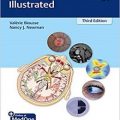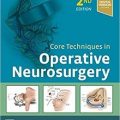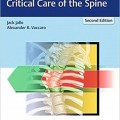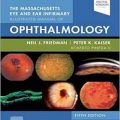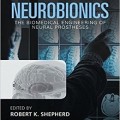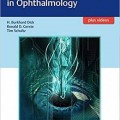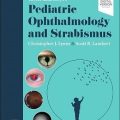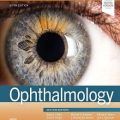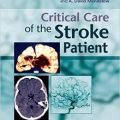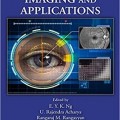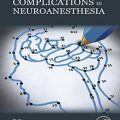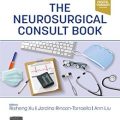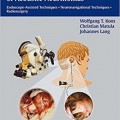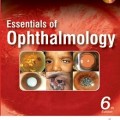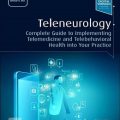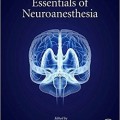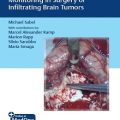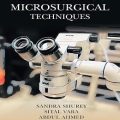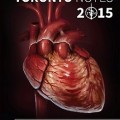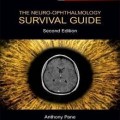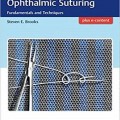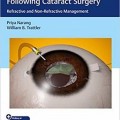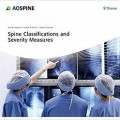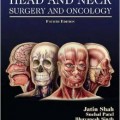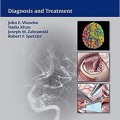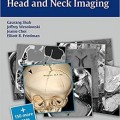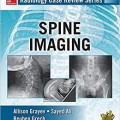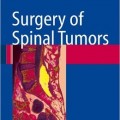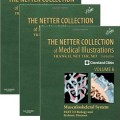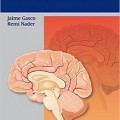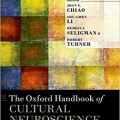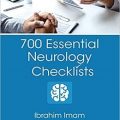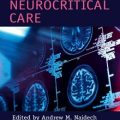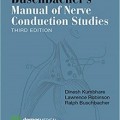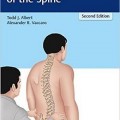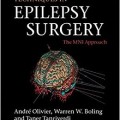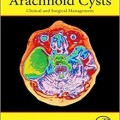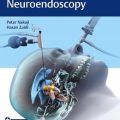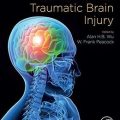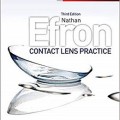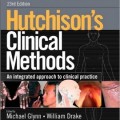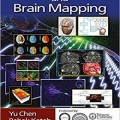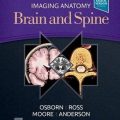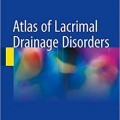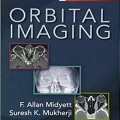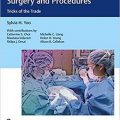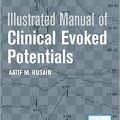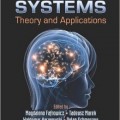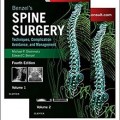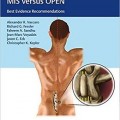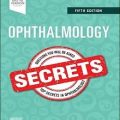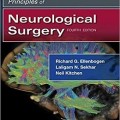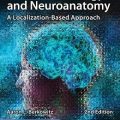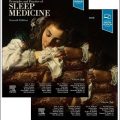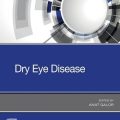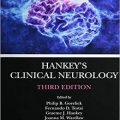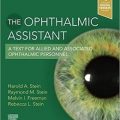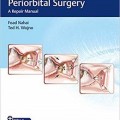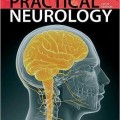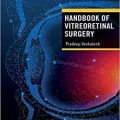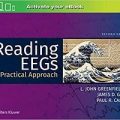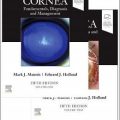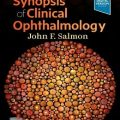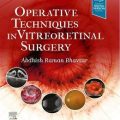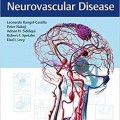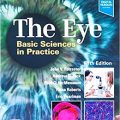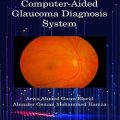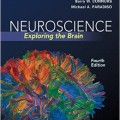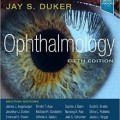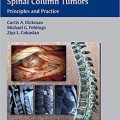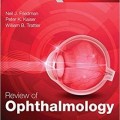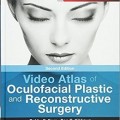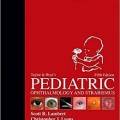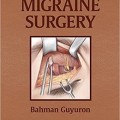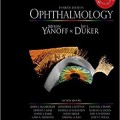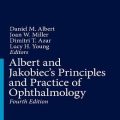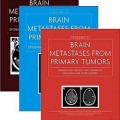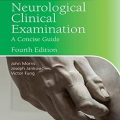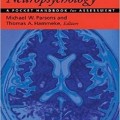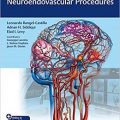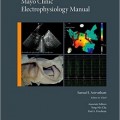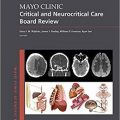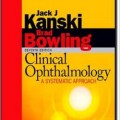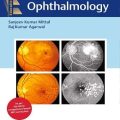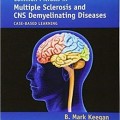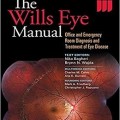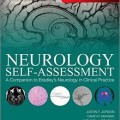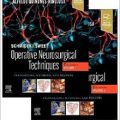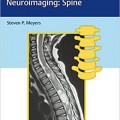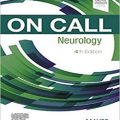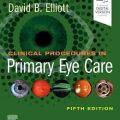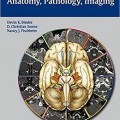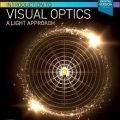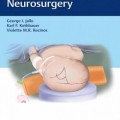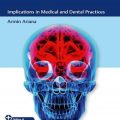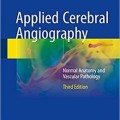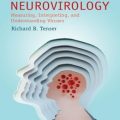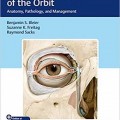دانلود کتاب راهنمای پایندگی چشم پزشکی عصبی + ویدئو
The Neuro-Ophthalmology Survival Guide, 2ed + Video
This book is a practical, symptom-based, ‘how-to’ guide to neuro-ophthalmology and acquired strabismus for all trainee and practising ophthalmologists and optometrists. Each chapter focusses on a specific clinical symptom and includes an introduction to the clinical assessment of a symptom; an examination checklist; a management flowchart to be followed; clinical diagnostic criteria checklists; and further information on the diseases that can cause the symptom with a brief discussion of appropriate management.
- A practical and accessible handbook for the ophthalmologist or optometrist without a specialist interest in neuro-ophthalmology and acquired strabismus.
- The text simplifies a subject which is often a cause of litigation against practising ophthalmologists and exam failure for trainees and residents.
- The book aids diagnosis in a field in which mistakes may lead to medico-legal problems, e.g. brain tumours presenting with blurred or double vision.
- The book leads the reader from the symptom, through a series of simple but safe flowcharts and check-lists, to the diagnosis or the tests which need to be ordered.
- The first chapter presents 20 ‘golden rules’ to keep you and your patients out of trouble.
- A revised text with some new illustrations brings this highly-praised book up to date.
- New online videos demonstrate abnormal eye movements, eyelid problems and pupil abnormalities.
Review
Contents
۱. Staying out of trouble
۲. Blurred vision or field loss : Not explained by visible ocular disease: optic disc/s normal, swollen, pale or “cupped”
۳. Swollen disc/s, normal vision : (Note: for swollen disc/s with blurred vision or field loss, see Chapter 2 )
۴. Transient visual loss
۵. Double vision
۶. “Seeing things”
۷. Abnormal movement or orientation of the visual world
۸. Abnormal eye movements without visual symptoms
۹. Unequal pupils
۱۰. Ptosis
۱۱. Facial weakness or spasm
۱۲. Unexplained eye pain, orbital pain or headache
۱۳. Neuro-ophthalmic history and examination
Video Contents
۲.۱ The Mirror Test for non-organic blindness.
۲.۲ The Optokinetic Test for non-organic blindness.
۲.۳ Testing proprioception in a patient with non-organic blindness.
۵.۱ Restrictive myopathy – tight left medial rectus muscle in thyroid eye disease.
۵.۲ Global paretic myopathy due to chronic progressive external ophthalmoplegia (CPEO).
۵.۳ Ocular myasthenia, misdiagnosed as a decompensating exophoria.
۵.۴ Ocular myasthenia, at frst thought to be a decompensating congenital fourth nerve palsy.
۵.۵ Right partial third nerve palsy due to a large basilar artery aneurysm.
۵.۶ Horizontal diplopia.
۵.۷ More detailed examination reveals a right partial third nerve palsy with aberrant regeneration.
۵.۸ Patient diagnosed as having a decompensated exophoria.
۵.۹ A complete left third nerve palsy with pupil involvement.
۵.۱۰ Diplopia due to a right exotropia.
۵.۱۱ Acquired (traumatic) left fourth nerve palsy due to a motor vehicle accident.
۵.۱۲ Congenital left fourth nerve palsy.
۵.۱۳ Left sixth nerve palsy from an internal carotid artery aneurysm.
۵.۱۴ Left cavernous sinus syndrome due to lung cancer metastasis.
۵.۱۵ Miller Fisher syndrome (MFS).
۵.۱۶ Bilateral but asymmetric internuclear ophthalmoplegia (INO) in a young woman with multiple sclerosis.
۵.۱۷ Right hypertropic skew deviation due to a midbrain stroke.
۵.۱۸ Dorsal midbrain syndrome due to hemorrhage into a pinealoma.
۵.۱۹ Congenital bilateral horizontal gaze palsy due to Moebius syndrome.
۵.۲۰ Acquired left conjugate horizontal gaze palsy – left sixth nerve nucleus lesion due to pontine stroke.
۵.۲۱ Vertical gaze palsy (downgaze worse than upgaze) due to midbrain stroke.
۵.۲۲ Progressive supranuclear palsy (PSP).
۷.۱ Horizontal jerk nystagmus.
۷.۲ Upbeat nystagmus.
۷.۳ Downbeat nystagmus.
۷.۴ Acquired horizontal pendular nystagmus.
۷.۵ Torsional jerk nystagmus.
۷.۶ See-saw nystagmus.
۷.۷ Periodic alternating nystagmus in a patient with a Chiari malformation.
۷.۸ Gaze-evoked nystagmus in a child with a Chiari malformation.
۷.۹ Superior oblique myokymia in a healthy young woman.
۷.۱۰ Square-wave jerks.
۷.۱۱ Macro-square-wave jerks.
۷.۱۲ Macrosaccadic oscillations.
۷.۱۳ Opsoclonus in a woman with an ovarian carcinoma.
۷.۱۴ Ocular flutter.
۷.۱۵ Monocular (left) pendular nystagmus in a patient with long-standing multiple sclerosis (MS).
۷.۱۶ Convergence-retraction nystagmus in a young woman with a dorsal midbrain lesion.
۷.۱۷ Pupillary light-near dissociation in a man with a pineal region tumor.
۷.۱۸ Rebound nystagmus in a patient with a fourth ventricular epidermoid cyst.
۷.۱۹ Rebound nystagmus in a patient with long-standing multiple sclerosis (MS).
۷.۲۰ Voluntary nystagmus in a healthy young man.
۷.۲۱ Downbeat nystagmus before and after treatment with memantine.
۸.۱ Acquired left horizontal gaze palsy in a middle-aged woman.
۸.۲ Horizontal “motor” jerk nystagmus in a middle-aged man.
۸.۳ Horizontal “sensory” pendular nystagmus in a small child.
۸.۴ Spasmus nutans in a child with an optic chiasmal glioma.
۸.۵ Square-wave jerks in a patient with Parkinson disease.
۹.۱ Infrared of a patient with a left Horner syndrome.
۹.۲ Tonic pupil (Adie syndrome).
۱۰.۱ Cogan lid twitches in three patients with myasthenia gravis.
۱۰.۲ Enhancement of ptosis with manual elevation of either eyelid in a patient with myasthenia gravis.
۱۱.۱ Right seventh nerve palsy due to compression by tumor (trigeminal schwannoma).
۱۱.۲ Idiopathic blepharospasm.
۱۱.۳ Right hemifacial spasm.
۱۳.۱ Testing color vision.
۱۳.۲ Testing the visual feld using confrontation techniques.
۱۳.۳ Testing ocular motility and alignment.
۱۳.۴ Testing the pupillary reaction to light.
۱۳.۵ Assessing trigeminal sensory and facial nerve function.
لینک کوتاه : https://bookbaz.ir/?p=95047
نویسنده : Anthony Pane MBBS MMedSc FRANZCO PhD
ناشر : Elsevier; 2 edition
سال انتشار : 2018
زبان کتاب : انگلیسی
نوع فایل : MP4 + PDF (کیفیت اصلی)
تعداد صفحات : 373
(ISBN) شابک : 0702072672
قیمت کتاب درآمازون : $71.99
حجم فایل : 800 MB



